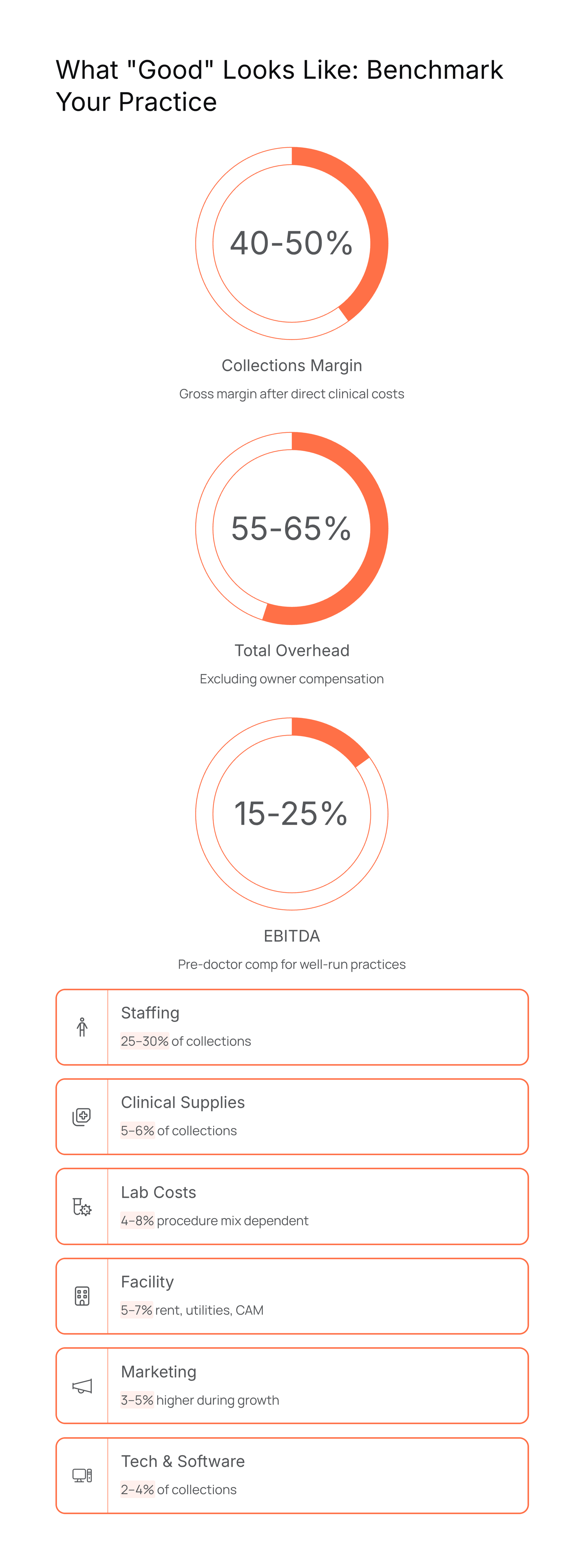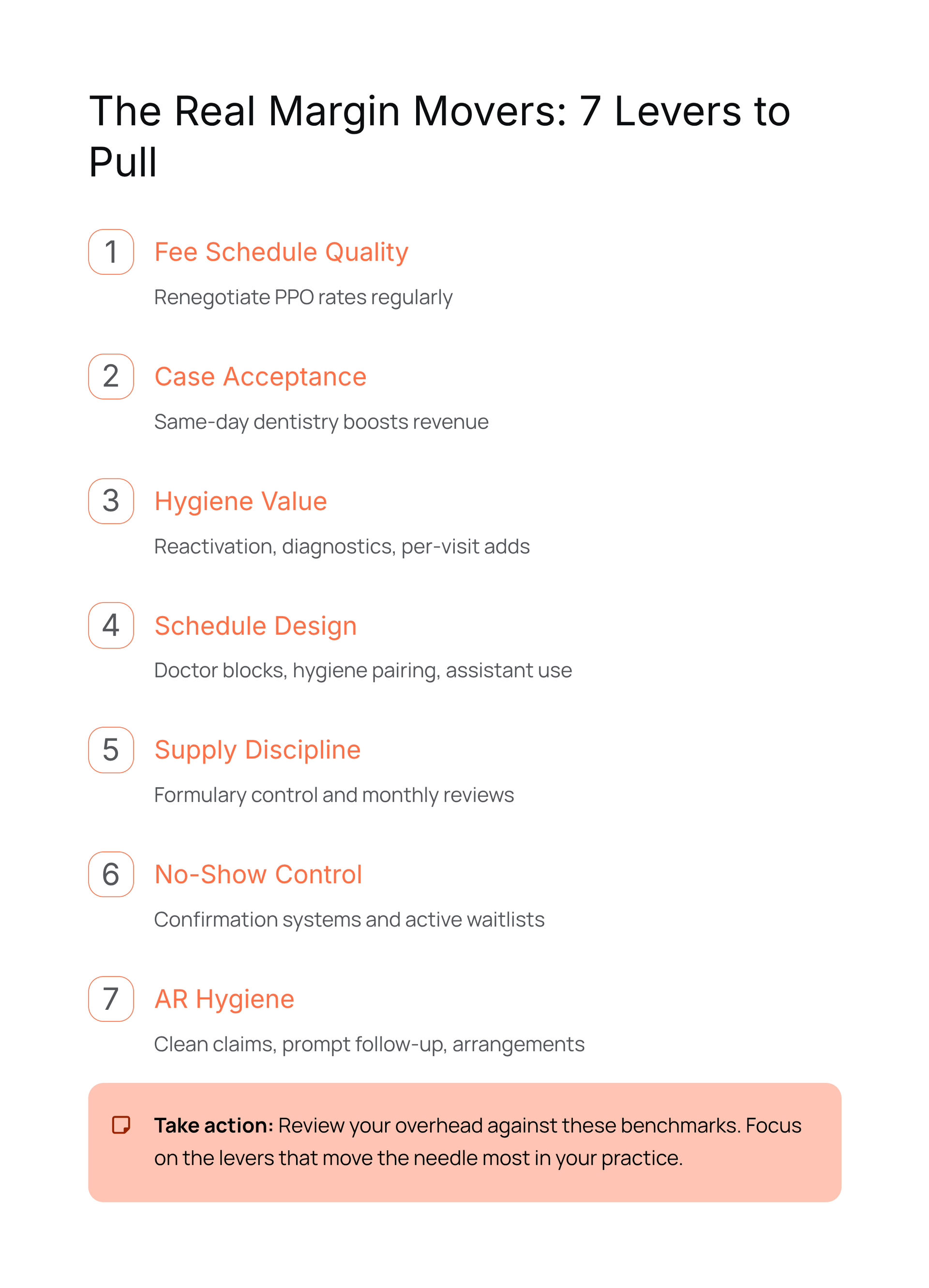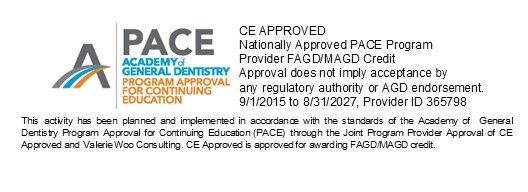2026 Strategic & Budget Plan for Dental Offices
Build a 2026-ready strategy & budget for your dental practice with VTO, Rocks, code-level analysis, and a practical pre-2026 checklist.
2026 Dental Practice Strategic & Budget Plan
From “Someday” to Done
If planning your year always seems to be the thing that “never gets done,” you’re not alone. Most dental owners can see the profit leaking - vendor creep, inefficient scheduling, supplies overages, team “bonus” that isn’t tied to production, underpriced procedures - yet the sprint of daily ops pushes planning into the someday bucket.
The result?
You can almost feel the money getting sucked out of the business because the strategy, systems, and budget need a little love. This guide brings it all together for 2026: how to think like an owner (while still being a clinician), the exact planning tools that work in dentistry, how to budget with code-level analysis, and a concrete checklist to finalize your plan before January.
Why Strategic Planning Is Different for Dentists
(Especially Owner-Operators)
Dentistry is not just “another small business.” Your P&L has a unique rhythm: doctor and hygiene capacity, payer mix, case acceptance, chair time, and clinical supplies all sit on top of a schedule that only prints money when the right procedures are on the right days with the right people. Add one more twist—most owners are also primary producers. That changes everything.
What’s uniquely different for dental owner-operators:
You are both the product & the CEO.
Chair time is your top revenue driver and your scarcest resource. Strategic planning must protect doctor days and map clinical goals to calendar reality.
Capacity is king. Your growth plan lives or dies by ops, providers, assistant/hygiene ratios, and column design. No amount of marketing can outrun a bottlenecked schedule.
Profit is clinical-mix sensitive. A schedule heavy in low-margin procedures (or poorly negotiated PPO fees) will never produce the EBITDA you want- no matter how hard you “work the plan.”
People and process. Small variances in sterilization turnaround, no-show prevention, same-day dentistry, and handoffs compound across 250+ workdays.
Cash flow follows systems.
Front desk workflows, insurance verification, AR follow-up cadence, and treatment coordination scripts are as strategic as your marketing plan.
Bottom line: Strategy for dentists must be built with clinical realities, capacity math, and role clarity in mind - especially if the owner is in the op every day. Your plan is not a generic “business plan.” It’s a clinical-operations strategy with financial guardrails.
The Planning Toolkit That Works: VTO, Rocks, Issues, and To-Dos (Dental Academy Edition)
Dentists who successfully plan (and actually execute) rely on a simple, visual system: the Vision/Traction Organizer (VTO), plus Rocks, Issues, and To-Dos. We use a Dental Academy VTO adapted for practices so your “big picture” translates to those everyday chair-side decisions.
Core: Purpose, Core Values, and “Onlyness” (what makes your practice unmistakable).
Market: Ideal patient profile, top channels, and your capacity plan by provider
3-Year Picture: Ops built out? Provider mix? % fee-for-service? Hygiene reactivation goals?
1-Year Plan: Production/collections targets, margin goals, and key capacity moves.
Quarterly Rocks: 3–5 priorities that move the needle (e.g., “Reduce supplies to 5% of collections,” “Add 1 hygiene day by March,” “Re-negotiate PPO fees by Q2”).
Issues List: Everything in your way - centralized, prioritized, discussed, and resolved.
Scorecard: A short list of weekly numbers that predict success (reappoint rate, treatment acceptance, AR>60, unfilled hours, new patient flow).
Rocks, Issues, To-Dos - how it plays out weekly:
Rocks = your quarter’s must-dos. Assign an owner, define “done,” and put the due date on the calendar.
Issues = your parking lot of obstacles. You discuss to solve, not to “talk about.”
To-Dos = 7-day tasks that keep Rocks moving. Clear. Binary. Done/Not done.
Why this works in dentistry:
You don’t need a 50-page plan - you need a one-page VTO that connects your 3-year target to this quarter’s changes in schedule, fees, staffing, and systems. Doctors stay in motion when the plan lives in a 90-day cadence.
Want a head start? See how we structure the Dental Academy VTO and weekly cadence inside the Academy: Valerie Woo Consulting inside the Academy
Budgeting for Dentists: Margins, Levers, and What “Good” Looks Like
Unlike many service businesses, dental margins are hyper-sensitive to clinical mix, PPO fee schedules, hygiene productivity, and consumables. A small drift in any of those can erase profit. While every market is different, a healthy single-owner GP often targets:


Budgeting by Code-Level Analysis
(Using Your Spreadsheet)
This is where most dental budgets fall short. A top-down budget (“grow 10%!”) ignores the bottom-up reality of procedure codes, fees, counts, and chair time. The attached template (Procedure Type/Fees tab) is designed to do exactly this.
How to run your code analysis:
- List top codes (by collections) for last year (e.g., D0120, D1110, D2740).
- Enter
2024 counts and
published fees.
- Add
2024 actual collections (post write-offs) to see the real yield per code.
- Compute
calculated collections (counts × fee) to reveal the “write-off gap.”
- Review
payer mix by code (where possible) to spot underperforming contracts.
- Model
2025 fee updates and
projected counts (capacity-based, not wishful).
- Roll the code projections into
monthly collections for 2026 (seasonality matters).
- Align
provider capacity (ops × providers × days × utilization × mix) to the plan.
- Convert collections to
variable costs (supplies, lab) and then to operating expenses.
- Stress test: “What if hygiene runs at 85% reappoint for 2 months?” “What if lab jumps 1%?”
Pro tips when you fill the sheet:
- Reality first: Base counts on true capacity (columns, clinical days, and average procedure time).
- Quarterly fee review: If your calculated vs. actual collections show a >15% gap on common codes, investigate payer rates and write-offs.
- Don’t bury chair time: If a code consumes high doctor time and yields low collections, it may need a scheduling rule, a fee adjustment, or fewer PPOs.
Hygiene is a growth motor: Track D0120/D1110/D4341/D4342 counts by month—these drive your pipeline for doctor dentistry.
Pre-2026 Budgeting Checklist for Dental Offices
Use this to lock your plan by the first week of December:
Revenue & Capacity
- Finalize
2026 collections target (aligned to capacity math, not “hope”).
- Update
fee schedule and PPO renegotiation schedule (Q1 priority).
- Build
code-level projection (top 25–40 codes) with monthly seasonality.
- Confirm
provider days and
hygiene pairing (assistant ratio, room count).
Clinical Systems
- Standardize
same-day dentistry handoffs and block rules.
- Hygiene
reactivation plan (recare list, automation cadence, 2-week sprint SOP).
- Formalize
case acceptance scripts (financial options, follow-up timeline).
Front Office & AR
- Pre-auth and
insurance verification workflow with weekly audit.
- AR >60 work list cadence, daily “clean claims” check.
- Financial agreements and
payment plans policy (no ambiguity).
Expenses & Vendors
- Supplies formulary and
monthly spend caps (target ≤5–6%).
- Lab review by procedure; align with your 2026 clinical mix.
- Marketing calendar tied to capacity (don’t advertise what you can’t seat).
People & Meetings
- Quarterly
VTO refresh and
Rocks selection (3–5 only).
- Weekly
Level-10 style meeting (Scorecard, Rocks, Issues/To-Dos).
- Training plan (case acceptance, phone skills, software upgrades).
Technology
- Optimize
PMS reports and dashboards; automate what you can.
- Data hygiene day: inactive patients, addresses, insurance cleanup.
- Cyber/IT review, backups, and renewals calendar.
Financial
- 12-month
cash flow calendar (rent, taxes, annual renewals, bonuses).
- Debt schedule review; plan principal pay-downs and any equipment adds.
- Owner compensation model: salary + distributions aligned to EBITDA
Why a Checklist Isn’t Enough: Marry Strategy, Budget, and the 3-Year Plan
Checklists are great for consistency, not for change. To move from chaotic to thriving, your 2026 plan must synthesize:
- Strategy (VTO): Where you’re going and what will make your practice unmistakable.
- Budget: The code-level math that funds the strategy and enforces discipline.
- 3-Year Picture: The capacity you’re building (ops, providers, payer mix, service lines).
When these live separately, teams default to firefighting. When they’re integrated, you see trade-offs clearly:
- “If we add a second hygienist on Mondays, we must expand doctor blocks on Tuesday/Thursday to capture restorative demand.”
- “If lab is trending up 1.5%, we need to rebalance the schedule away from low-yield fixed pros and renegotiate vendor terms.”
- “If marketing spikes new patients in March, ops must be open for consults and same-day starts.”
Skills, not just steps: A checklist won’t teach a treatment coordinator how to present fees with confidence, or a front office rep how to rescue cancellations. That’s why the Academy pairs templates with
coaching, scripts, and meeting rhythms—so your team can
implement the plan, not just read it.
Plan 2026 with Support
(Limited Planning-Season Pricing)
For a limited time during planning season, we’re offering The Dental CEO Academy at a significant discount, click or tap the offer link below.
Inside, you’ll get the Dental Academy VTO, code-level budgeting templates, step-by-step implementation, and a community to turn your plan into daily execution.















